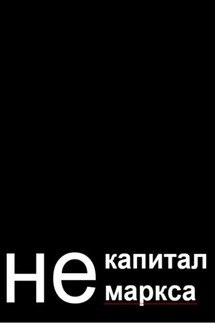The General Theory of Capital: Self-Reproduction of Humans Through Increasing Meanings - страница 18
Biological evolution is based on the variability and inheritance of genes and the natural selection of organisms with a genotype that promotes adaptation to the environment. Man as a living being is the basis of society and culture. Therefore, in primitive communities, the mechanism of natural selection continues to operate, influencing the instinctive behavior of people. People are still guided by instincts and emotions, which are to some extent restricted by cultural norms: traditions and prejudices relayed through learning overlay instincts and override them. Cultural evolution is based on the inheritance of meanings, their variation and the selection of people with meaning types that contribute to adaptation to the environment:
“Here’s the idea, broken down into its simplest form. We’ve established that from a very young age, humans focus on and learn from more skilled, competent, successful, and prestigious members of their communities and broader social networks. This means that the new and improved techniques, skills, or methods that emerge will often begin spreading through the population, as the less successful or younger members copy them. Improvements may arise through intentional invention as well as from lucky errors and the novel recombinations of elements copied from different people” (Henrich 2016, pp. 212-3).
While cultural selection was the selection of facts based on implicit norms, traditional choice is the choice of counterfacts based on explicit norms. Traditional choice was still heavily dependent on norms and relied on practices transmitted through cultural learning. But even this traditional choice, based on the random drift of meanings and a deliberate retention of chance, eventually allowed humans to move to artificial selection, that is, the choice of animals and plants. About 30,000 years ago, the supposed domestication of the dog began the transition from hunting and gathering to herding and farming.
The rise of traditional choice as a driving force of social change did not lead to any “primitive revolutions.” We prefer to call the domestication of animals and plants agricultural evolution because this process took thousands and tens of thousands of years. Early human inventions and discoveries were happy accidents that were able to persist through the selection of the populations that made those discoveries and inventions. In a traditional society, intelligence and purposeful choices of individuals contributed to cultural evolution but did not yet play a prominent role. Human practices and prejudices dominated traditional society and ensured its survival.
It is hard for modern humans to accept the idea that developed intelligence is not a competitive advantage. However, this was well understood by members of traditional societies who relied not on intelligence but on practices in order to adapt to their environment. Joseph Henrich illustrates this with the example of Franklin’s expedition frozen in the Arctic ice in the 1840s:
“…Inuit snow houses look designed and are clearly functionally well fit to life in the Arctic. In fact, they appear to call for a team of engineers with knowledge of aerodynamics, thermodynamics, material science, and structural mechanics. Not surprisingly, facing the real threat of freezing to death in their tents, Franklin’s men didn’t figure out how to make snow houses. No single individual or even a group of a hundred highly motivated men in this case, could figure this out. It’s a product of cumulative cultural evolution and contains features that many or most Inuit builders just learn as ‘that’s the way you do it’ without any big causal model” (Henrich 2016, p. 115).







